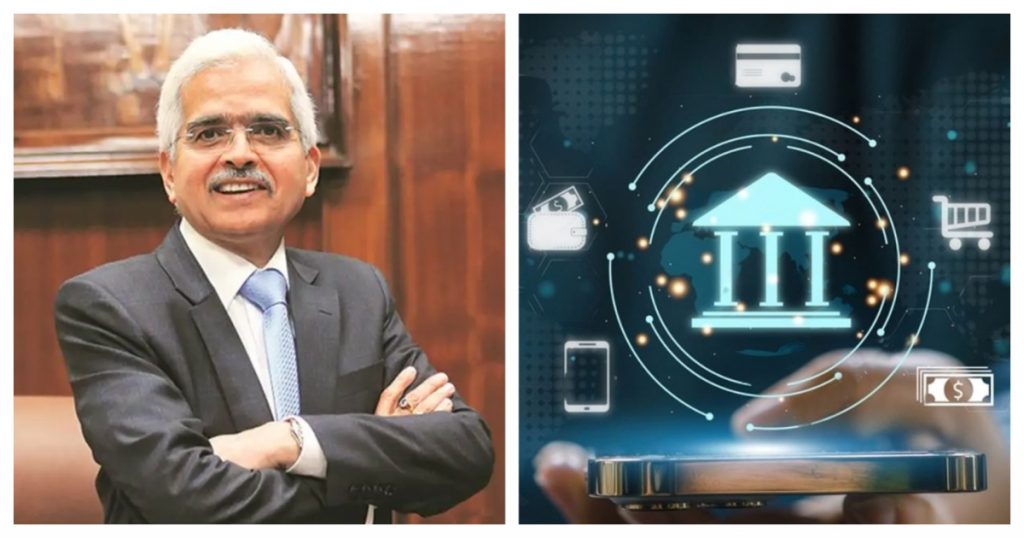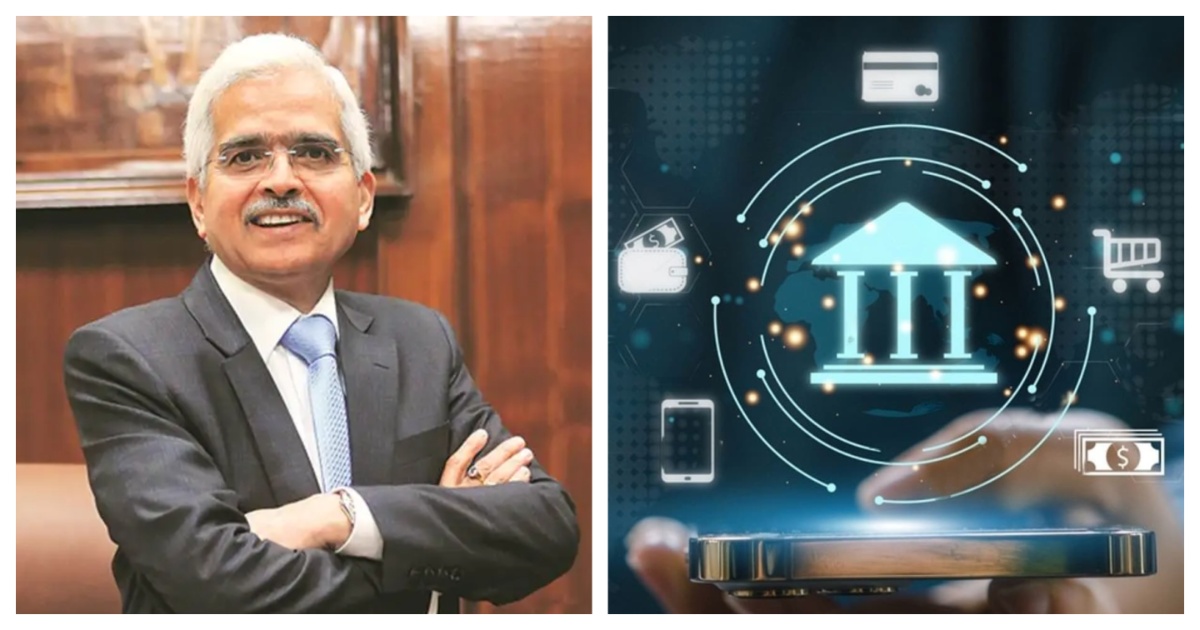UPI has completely transformed how Indians transact in less than a decade — UPI payments now beat both debit cards and credit card put together, and keep setting new records every month. But if the RBI has its way, a UPI-like transformation could soon be in the offing for the world of lending.
The Reserve Bank of India has launched something called the Unified Lending Interface (ULI), which will be a new digital platform for lending and loans. ULI will chiefly cater to small and rural borrowers, and is designed to streamline and accelerate the loan appraisal process by integrating various data sources and facilitating a seamless flow of information.

Rural and small and medium business borrowers often find it hard to get traditional loans, and have to resort to taking loans from local moneylenders at rates of as much as 3 percent per month. But the growth in India’s digital infrastructure has meant that it can be possible to connect these borrowers to established banks — crucially, several states in India have now digitized their land records, which means that this land record data can be used to give out loans to borrowers. In addition, most borrowers now have Jan Dhan Bank accounts, and their identities are verified through Aadhar. By combining these datapoints, established banks can give loans to rural borrowers who would’ve otherwise found it hard to access them.
Like UPI, ULI is designed as an open interface, and can be accessed through APIs. Just how privately-run apps like Google Pay, PhonePe and Paytm are able to use UPI to connect users to bank accounts in banks like HDFC and SBI, fintech apps will be able to use ULI’s platform to connect users to banks who offer loans. The banks will then offer loans to these users based on their creditworthiness.
By digitizing the credit appraisal process, users will be able to get access to loans in minutes as opposed to the days and weeks it can currently take. The loans will also require nearly no paperwork, as documents and details will be made available to banks digitally. Banks will also benefit by having access to a set of users they would’ve otherwise found expensive and time consuming to acquire. ULI will also focus on privacy, and will adopt a consent-based approach to data sharing — data will be shared with financial institutions only when requested and authorized by the user.
The Reserve Bank has been piloting the ULI project since August 2023, and officially announced it this week. “By digitizing access to customer’s financial and non-financial data that otherwise resided in disparate silos, ULI is expected to cater to large unmet demand for credit across various sectors, particularly for agricultural and MSME borrowers,” RBI governor Shaktikanta Das said.
This is a momentous new launch, and could radically transform how lending occurs in rural and small-town India. Thus far, borrowers in these areas needed physical access to lenders, but thanks to their records now being available digitally, can receive loans from lenders thousands of miles away. All this is underpinned by the recent digitization efforts of the government — over the last few years, the government has been surveying remote areas through drones to help in digitization of land records, and has now launched what could well be the killer feature of this initiative. And if ULI can have even a fraction of the impact in lending as UPI has had in payments, it could end up transforming the lives of millions of Indians who hitherto had limited access to credit.
